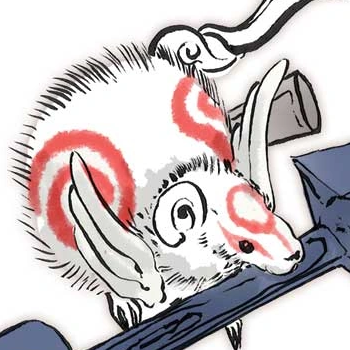I saw a map of undersea internet cables the other day and it’s crazy how many branches there are. It got me wondering - if I’m (based in the UK) playing an online game from someone in Japan for example, how is the route worked out? Does my ISP know that to get to place X, the data has to be routed via cable 1, cable 2 etc. but to get to place Z it needs to go via cable 3, 4?


I’m no expert but it seems like the most efficient way with the given technology! The hops between routers are much less frantic than (I think) you’re imagining.
To oversimplify, think of it like boxes in boxes where each box is a router.
Your PC is in the first small box. It says “I want to connect to [IP]” and the box says “I don’t have that IP, let me ask the bigger box”
The bigger box (your ISP) says “I don’t have it either, I’ll ask the big box”
The big box says “I don’t have it but based on the address, I know it’s in this other big box”
Other big box says the same thing and sends it to another small box. That small box has the PC you’re looking for and the packet is delivered!
not just this, it’s also worth considering that laying cables is expensive, so you better damn well use them. A system like this also ensures a very wide range of pathing. And in turn, a very spread out use pattern.